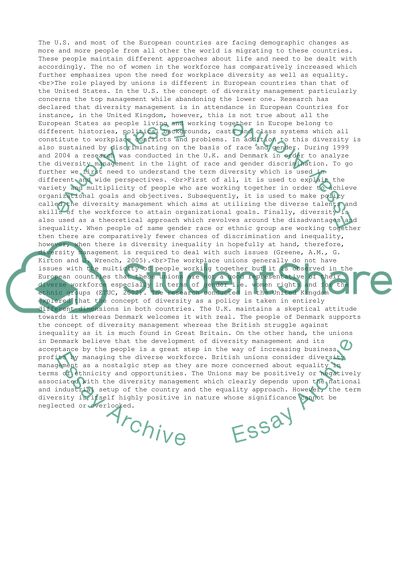Cite this document
(“Module :( Managing Diversity ) Topic Critically discuss the role that Essay”, n.d.)
Retrieved from https://studentshare.org/business/1464649-module-managing-diversity-topic-critically-discuss
Retrieved from https://studentshare.org/business/1464649-module-managing-diversity-topic-critically-discuss
(Module :( Managing Diversity ) Topic Critically Discuss the Role That Essay)
https://studentshare.org/business/1464649-module-managing-diversity-topic-critically-discuss.
https://studentshare.org/business/1464649-module-managing-diversity-topic-critically-discuss.
“Module :( Managing Diversity ) Topic Critically Discuss the Role That Essay”, n.d. https://studentshare.org/business/1464649-module-managing-diversity-topic-critically-discuss.


